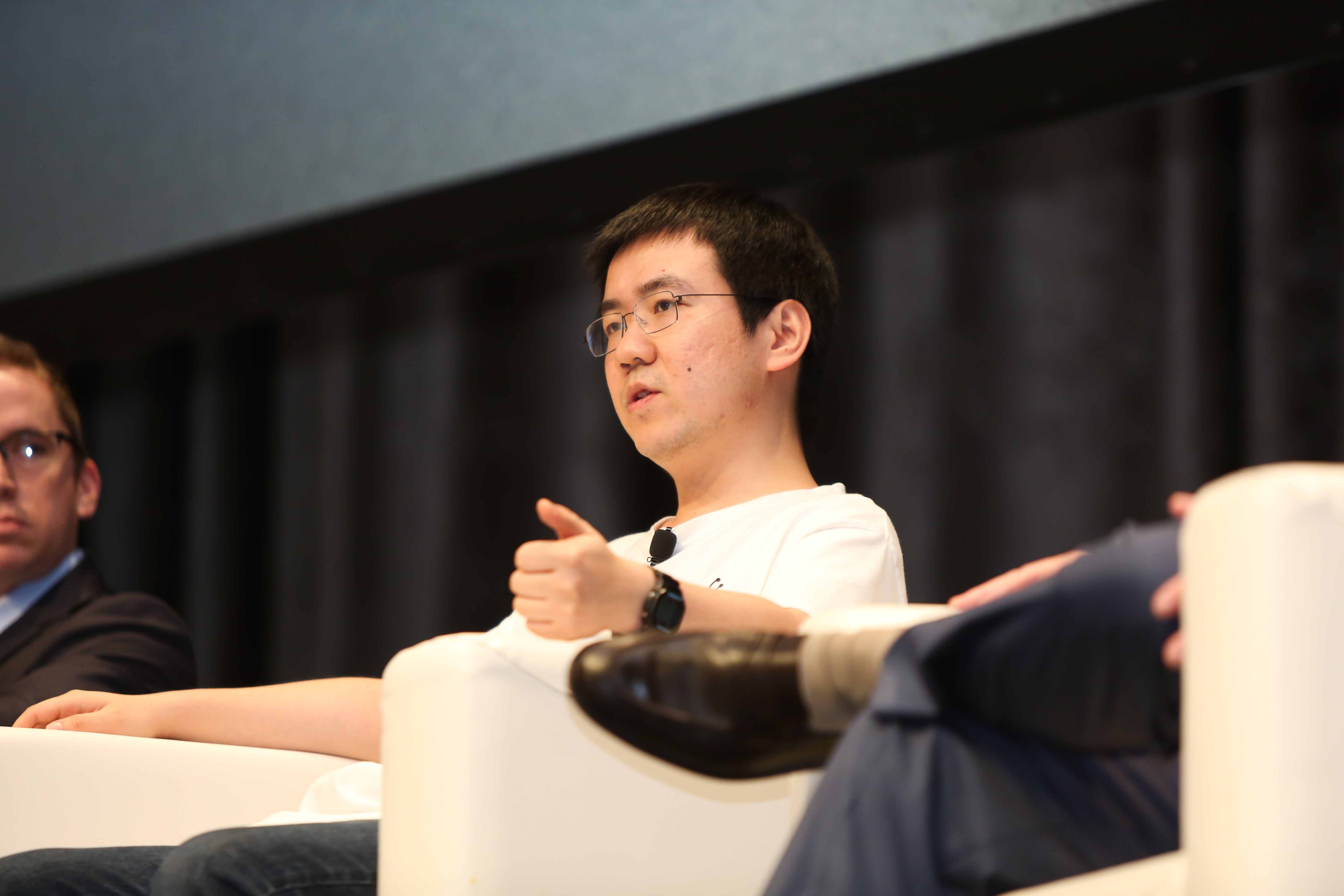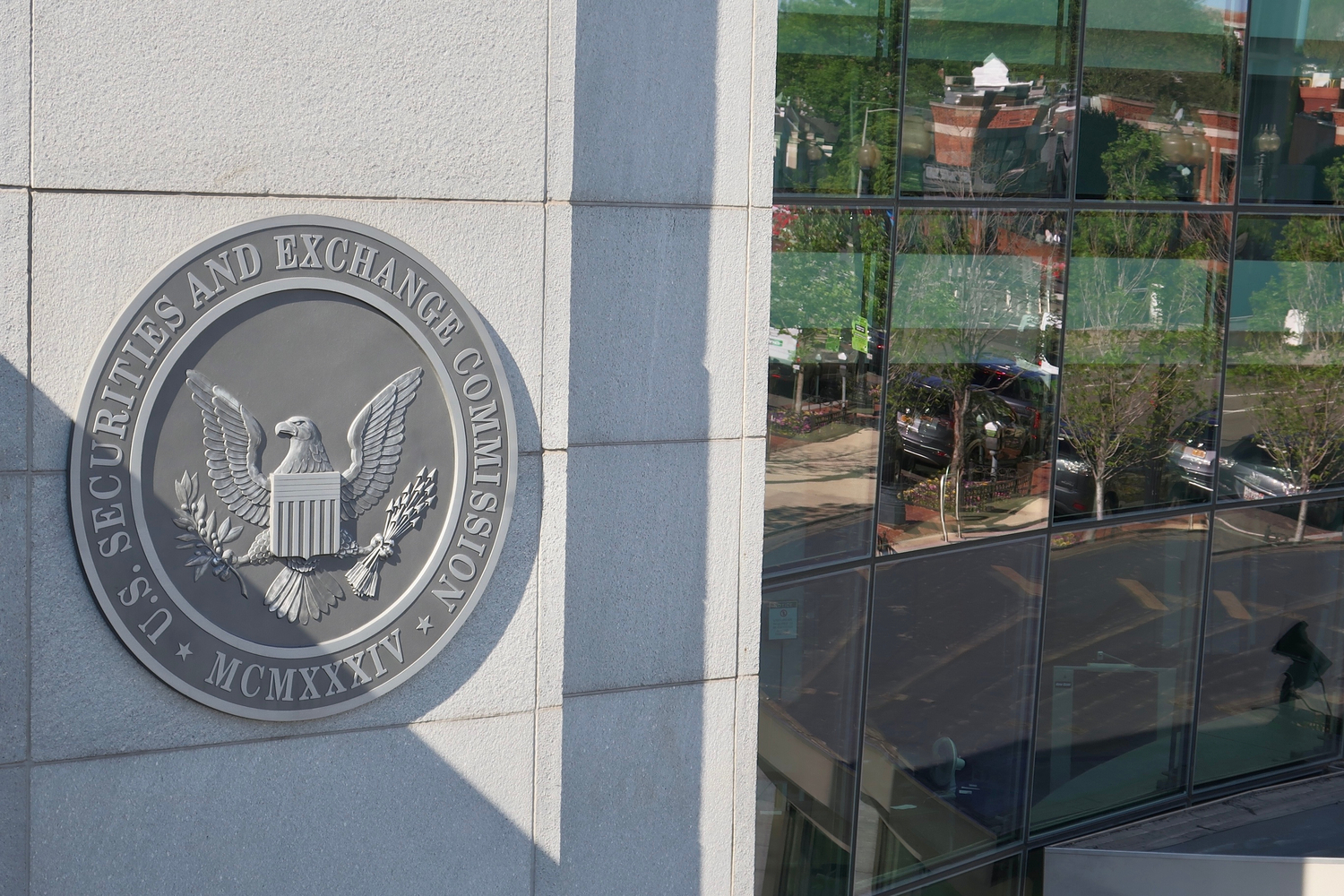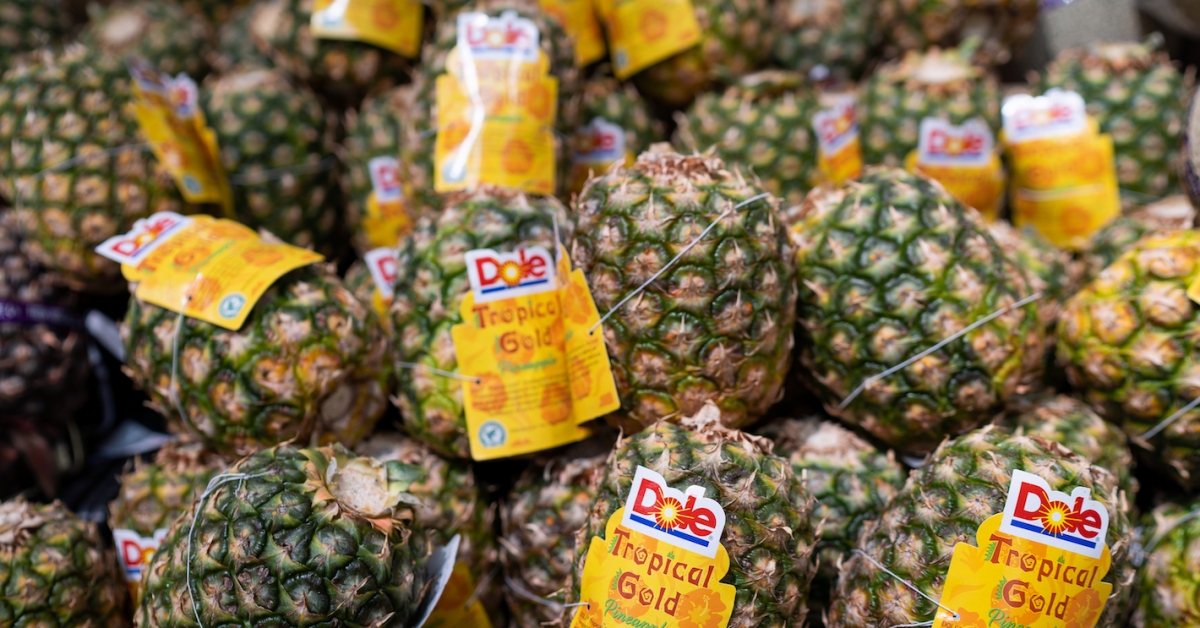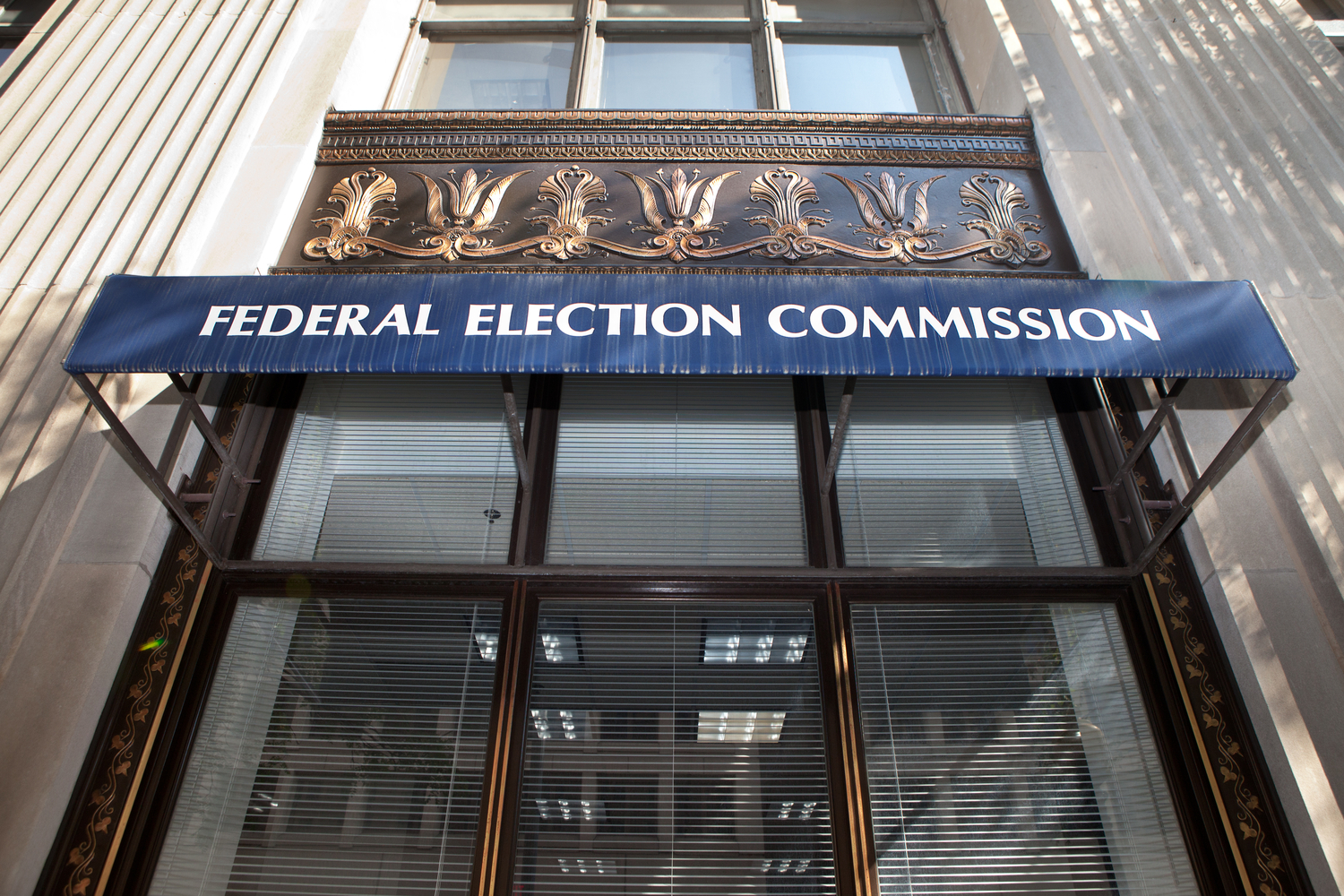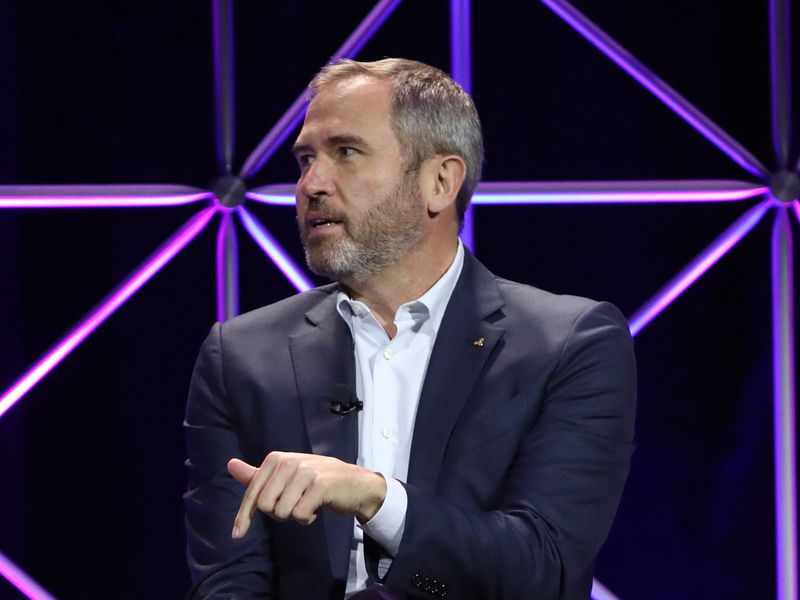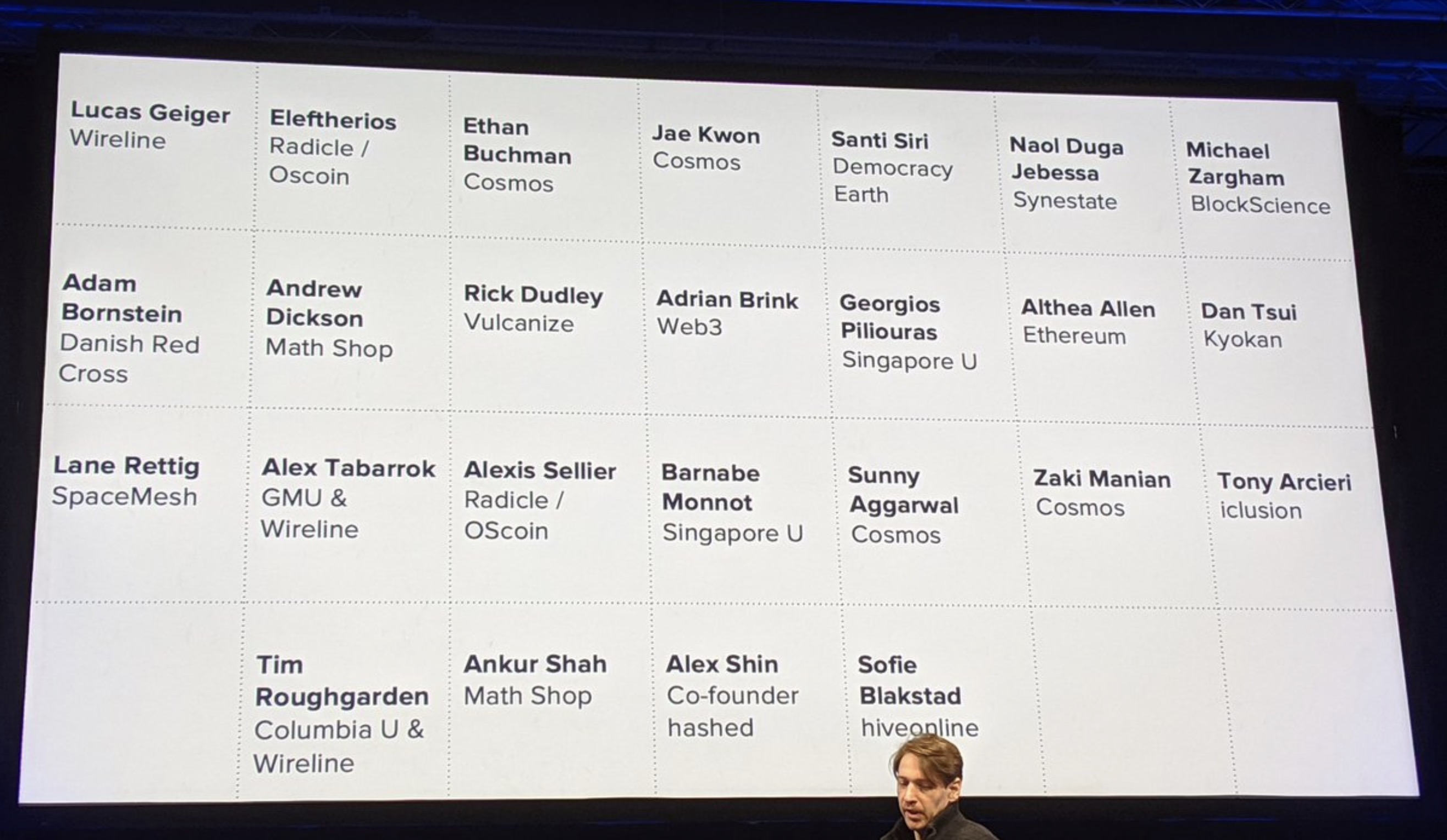The Protocol: Blast’s $3B Airdrop and Bitcoin’s Mt. Gox Moment
Airdrops are supposed to be free money; that’s why there were a lot of complaints about LayerZero’s “pay-to-claim” distribution last week of its ZRO tokens. A 10-cent fee per token might not seem like too much to complain about, but it was.
-
The Winklevoss twins donated (too much) to Donald Trump’s presidential campaign.
-
Top picks from the past week’s
Protocol Village
column: BNB, Algorand, Solana Foundation, Matter Labs, ZKsync, Aleph Zero, Polkadot, Parity Technologies.
-
More than $100 million of blockchain project fundraisings: Ora, Allora Labs, Conduit, ZKX, Enso, Farworld Labs.
-
Blast, a layer-2 blockchain atop Ethereum, went forward with its long-anticipated airdrop of
BLAST tokens
.
This article is featured in the latest issue of The Protocol, our weekly newsletter exploring the tech behind crypto, one block at a time. Sign up here to get it in your inbox every Wednesday. Also please check out our weekly The Protocol podcast.
Network news
FREE, FOR A FEE: Token airdrops are, after all, free money – one reason why project teams might be less sympathetic to users who complain that they didn’t get what they thought they were owed. Now, the blockchain interoperability project LayerZero has introduced a new twist to the process – what some observers are calling “pay to claim.” When LayerZero Foundation came out last week with the ZRO airdrop, it forced users to fork over a “proof-of-donation” before they could claim the new tokens. As detailed by CoinDesk’s Shaurya Malwa, users had to make a donation of 10 cents in USDC to Protocol Guild – a collective funding mechanism for Ethereum’s layer-1 research and development maintainers – for each ZRO token they hoped to claim. In a video address posted on X, LayerZero Labs co-founder Bryan Pellegrino said that “users need to do something in order to get something,” adding that the amount was “extremely small” and that “the easy path” would have been to “optimize for the least amount of criticism.” LayerZero Foundation said it would match all donations up to $10 million. The ostensible rationale? “By donating to Protocol Guild, eligible recipients show long-term alignment with the LayerZero protocol and a commitment to the future of crypto,” LayerZero said in an X post. It goes without saying that endorsement of the move was not universal: “If I’m at McDonald’s and they force me to donate to get my cheeseburger, do I really care about the kids or am I just hungry?” one frustrated poster wrote on X.
MOUNT TOP? Mt. Gox, the once-dominant bitcoin exchange that’s been tied up in bankruptcy court for years following a devastating 2014 hack, announced it would start distributing assets to clients, sending the BTC price tumbling. The leading cryptocurrency took a bigger hit than smaller tokens, pushing its share of the overall crypto market down by 1.8 percentage point to 54%. The fear is that, as the Mt. Gox investors and creditors get the bitcoin, some of them might rush to cash out, unleashing a wave of selling that would, at least in the short term, push the price lower. Technical market indicators suggest a price drop to $50,000 could be in the offing, though as of press time bitcoin appeared to stabilize just below $62,000. Some traders argued that the risk of mass selling might be overblown.
The Winklevoss Twins, founders of the Gemini crypto exchange, wrote on X that they each gave $1 million to Donald Trump’s presidential campaign – but later they had to be refunded because the donations were over the legal limit.
Mexican cartels have been using the cryptocurrencies bitcoin, ether, monero and tether to buy the raw materials needed to make the drug fentanyl, according to the U.S. Treasury Department’s Financial Crimes Enforcement Network (FinCEN).
The German government, which holds over 45,000 BTC, including bitcoins seized from a privacy website, transferred 750 BTC valued at over $46 million, with 250 BTC sent to the crypto exchanges Bitstamp and Kraken, according to blockchain sleuth Lookonchain. The transfers added to speculation that the country might be preparing to sell some of its bitcoin holdings, adding to bearish pressures in crypto markets.
Protocol Village
Top picks of the past week from our Protocol Village column, highlighting key blockchain tech upgrades and news.
:format(jpg)/cloudfront-us-east-1.images.arcpublishing.com/coindesk/O27SDK7Q3VBC3HTNSWHMFCB4KM.png)
Schematic illustrating the new allocation for priority block-producing rights under BEP-341 (BNB Forum)
1. BNB Chain announced a new BEP-341 proposal, “Governance Enabled Continuous Block Production.” According to the team: “This proposed enhancement aims to significantly improve the transaction processing capacity of BSC by enabling validators to produce consecutive blocks. To address any risks, BEP-341 introduces adjustable governance parameters aimed at balancing performance improvements with critical security measures.”
2. Algorand Foundation announced at its annual Decipher conference in Barcelona that it has created a new “implementation for decentralized authentication and communication called LiquidAuth.” According to the team: “LiquidAuth, a decentralized, free-to-use, open-source, and chain-agnostic authentication tool provides greater security and privacy to users than centralized solutions like WalletConnect.”
3. The Solana Foundation announced the launch of Solana Actions and blockchain links (“Blinks”) to its suite of developer tools. According to the team: “These tools offer a way to integrate blockchain transactions into any platform, creating a seamless and intuitive Web3 experience for users. Multiple Solana ecosystem projects will be using Solana Actions and Blinks at launch, including Cubik, Sanctum, Tensor, Realms, Access, Jupiter, Helium, Truffle, Phantom and Backpack.”
4. Matter Labs, the main development firm behind the layer-2 network ZKsync, introduced a new roadmap called ZKsync 3.0, aimed at making the ecosystem more interconnected – including a new “Elastic Chain” that somewhat resembles rival Polygon’s AggLayer, released earlier this year. At the core of ZKsync “3.0” is the v24 upgrade, released June 7, turning “ZKsync from a single ZK chain into an Elastic Chain,” the Matter Labs team wrote in a blog post shared with CoinDesk.
5. Aleph Zero, a privacy-enhanced public blockchain operating on a Substrate stack developed by Polkadot developer Parity Technologies, introduced zkOS, an EVM-compatible privacy layer that generates zero-knowledge proofs in under a second on consumer devices, according to the team: “This allows for private transactions and dApp interactions without revealing underlying data. ZkOS uses Halo2 with KZG commitments for faster proof generation and provides a zkToolkit to simplify integration for developers. Based on benchmarks, zkOS can execute proofs in 600-800ms on MacBooks.”
Money Center
:format(jpg)/cloudfront-us-east-1.images.arcpublishing.com/coindesk/46LDXC4ALFGIZCLUUW75Y47NDE.jpg)
Ora co-founder Kartin Wong (Ora)
-
Ora, a blockchain project to incorporate AI into
decentralized applications
(dapps), said it
raised $20 million
in funding from investors including Polychain, HF0 and Hashkey Capital. The fresh funds will allow the project “to continue developing its technology and infrastructure for tokenizing AI models and bringing decentralized AI to the Ethereum ecosystem,” according to a press release.
-
Allora Labs, contributors to the Allora Network – described as a “decentralized, self-improving machine intelligence network that powers applications with an evolving system of machine learning models” –
closed a strategic funding round
, bringing their total company funding to $35 million. Investors included Polychain, Framework Ventures, CoinFund, Blockchain Capital, Mechanism Capital and Delphi Digital.”
-
Conduit, a crypto-native platform that enables developers to launch their blockchain applications with one-click infrastructure (including a layer-2 network atop Ethereum in under 15 minutes),
announced its $35 million Series A
, led by Paradigm and Haun Ventures, with additional investments from Robot Ventures, Credibly Neutral, Coinbase Ventures and Bankless Ventures.
-
ZKX, describing itself as “the first social perp trading DEX on Starknet and Ethereum,” has raised $6.3 million in a seed round featuring key investors, such as Flowdesk, GCR and DeWhales,
according to the team
.
-
Enso, an intent engine for chain abstraction, has closed a $4.2 million funding round with Ideo Ventures, Hypersphere and more than 60 angel investors, according to the team – to support the launch of a layer-1 Cosmos-based blockchain this year.
-
Farworld Labs, the Farcaster-native gaming company, has closed its $1.75 million pre-seed funding round, co-led by Lemniscap and Variant.
NEAR Sees TVL Growth, Concentrated in Lending Platform Burrow
:format(jpg)/cloudfront-us-east-1.images.arcpublishing.com/coindesk/6MRTNXHQ25HLDFUWB5VNV5IQ5Y.png)
NEAR Protocol transaction breakdown (Flipside)
NEAR Protocol, a layer-1 blockchain, has seen its total value locked (TVL) – a crucial measure of user deposits – triple during the first half of 2024, to about $325 million, according to a new report by Flipside.
“Recent surges in transaction volume and new user growth have further cemented NEAR’s position as a strong contender to the EVM-centric narrative that continues to dominate most DeFi discussions,” the report reads. EVM stands for “Ethereum Virtual Machine,” which is essentially the blockchain operating system that Ethereum-based and Ethereum-compatible smart contracts rely on.
But a closer look shows that just three applications on NEAR account for some 72% of the TVL, according to Flipside – Burrow, a non-custodial lending and borrowing platform; Meta Pool, a multichain liquid staking platform; and LiNEAR, a protocol that enables users to create and trade synthetic assets.
“To maintain and expand its current growth trajectory, NEAR will need to attract and foster a more diverse on-chain ecosystem and make more tangible steps towards achieving a more multichain future,” according to Flipside. “This includes supporting a wider array of apps and services beyond its current flagships and successfully driving more cross-chain bridging activity.”
Calendar
July 8-11: EthCC, Brussels.
July 11: TezDev 2024, Brussels.
July 25-27: Bitcoin 2024, Nashville.
Aug. 19-21: Web3 Summit, Berlin.
Sept. 19-21: Solana Breakpoint, Singapore.
Sept. 30-Oct. 2: Messari Mainnet, New York.
Oct. 9-11: Permissionless, Salt Lake City.
Oct. 21-22: Cosmoverse, Dubai.
Oct. 23-24: Cardano Summit, Dubai.
Oct. 30-31: Chainlink SmartCon, Hong Kong.
Nov 12-14: Devcon 7, Bangkok.
Feb. 19-20, 2025: ConsensusHK, Hong Kong.
May 14-16: Consensus, Toronto.
Edited by Bradley Keoun.



